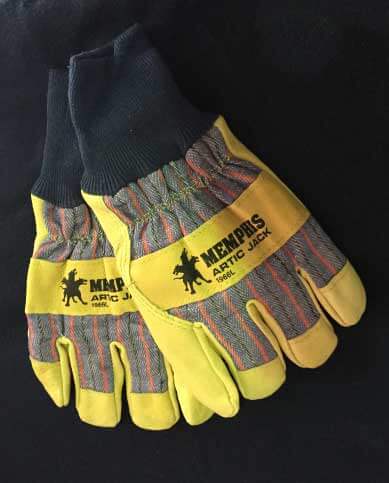
Safety

Safe handling is very important!
Dry ice is extremely cold (-109f) and will burn skin. Do not touch with bare hands or ingest. Dry ice will lead to suffocation in a confined space. Do not keep dry ice in a sealed container. Keep away from children.
Important Handling for Dry Ice Safety:
- Do not handle with bare hands. Use cotton gloves or towels when handling dry ice. Dry ice is -109º F and can cause injury similar to a burn.
- Store dry ice in an insulated container, but not in an airtight container. Airtight containers may explode as dry ice converts to CO2 gas.
- Do not enter confined areas where dry ice is used, or stored, until adequately ventilated.
- Use dry ice in a well-ventilated area. When dry ice sublimates, it gives off CO2 and can cause suffocation. Avoid breathing vapors. If inhaled, remove person to fresh air. Call doctor if you feel unwell. Do not store where people sleep.
- Children should be supervised when using dry ice. Dry ice is harmful if eaten or swallowed. Do not ingest. Could cause death or serious injury.
First Aid for Dry Ice Burns
Skin contact with dry ice can cause frostbite or ice burn. Below are first aid steps for treating dry ice contact injuries:
- Get medical assistance as soon as possible
- Remove clothing that is not frozen to the skin
- Put the affected body part in a bath of warm water—not above 40° C, or 104° F.
- Do not use dry heat to warm the area.
- Do not rub the affected area.

Safe handling is very important!
Dry ice is extremely cold (-109f) and will burn skin. Do not touch with bare hands or ingest. Dry ice will lead to suffocation in a confined space. Do not keep dry ice in a sealed container. Keep away from children.
Dry ice is a Hazard Class 9 Substance UN1845.
Dry ice is not classified as a dangerous substance or as a hazardous material by the United States Department of Transportation for ground transportation. USPS, FedEx, and UPS will ship dry ice. Each carrier will advise you on how to label and prepare your package for shipment.
Please see our safety instructions when handling dry ice